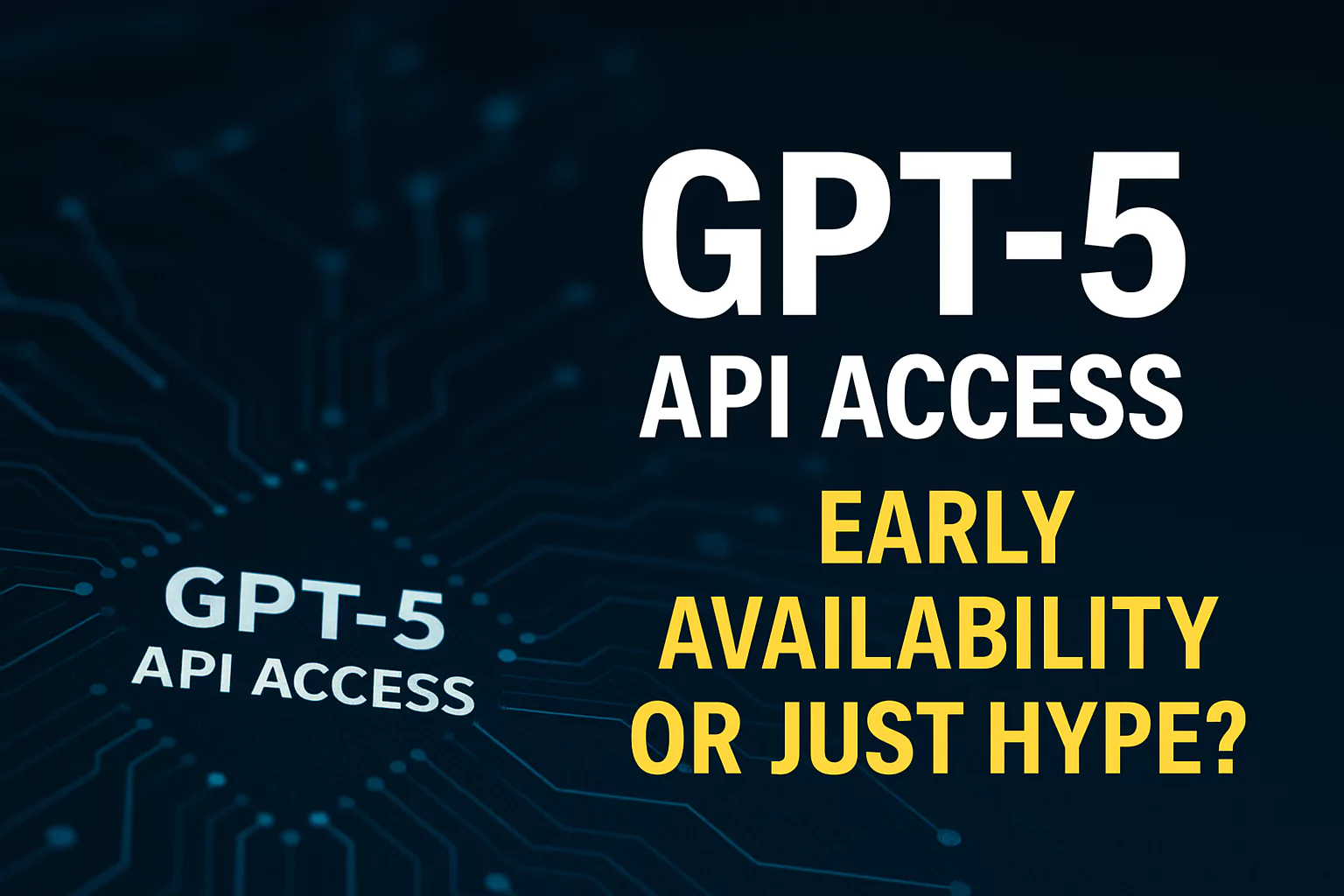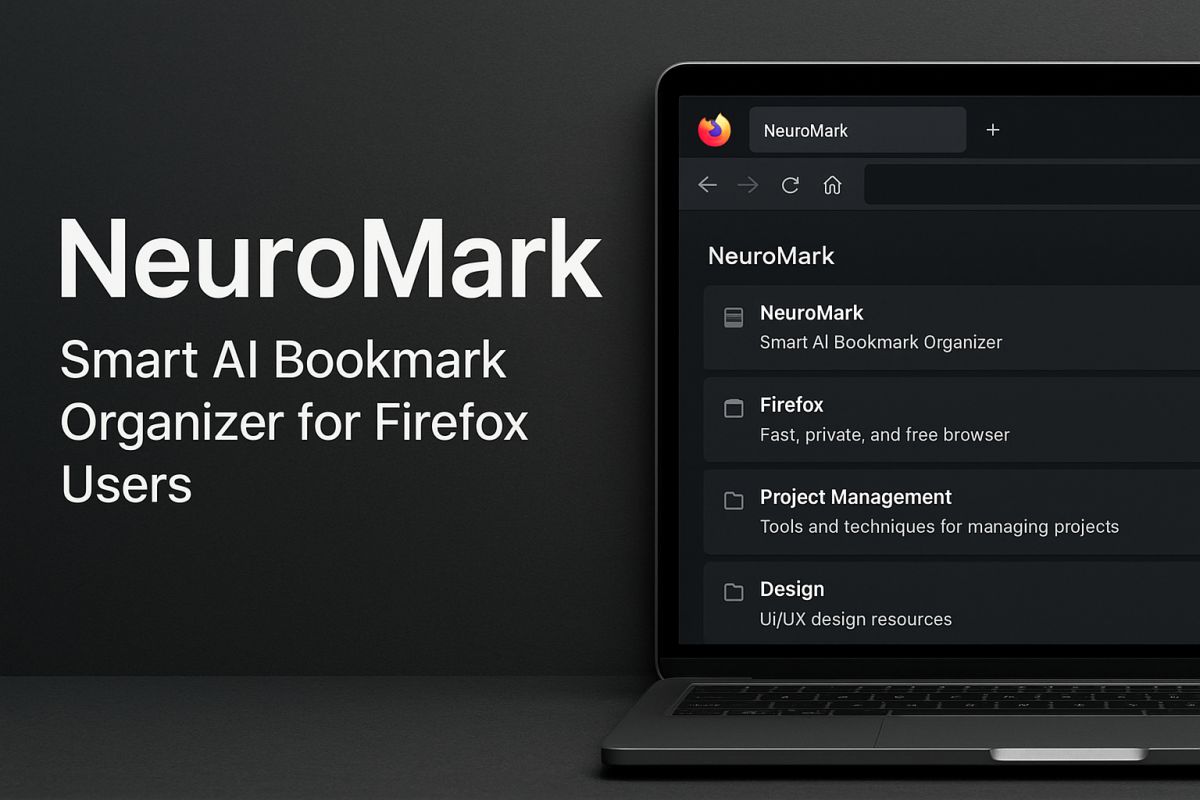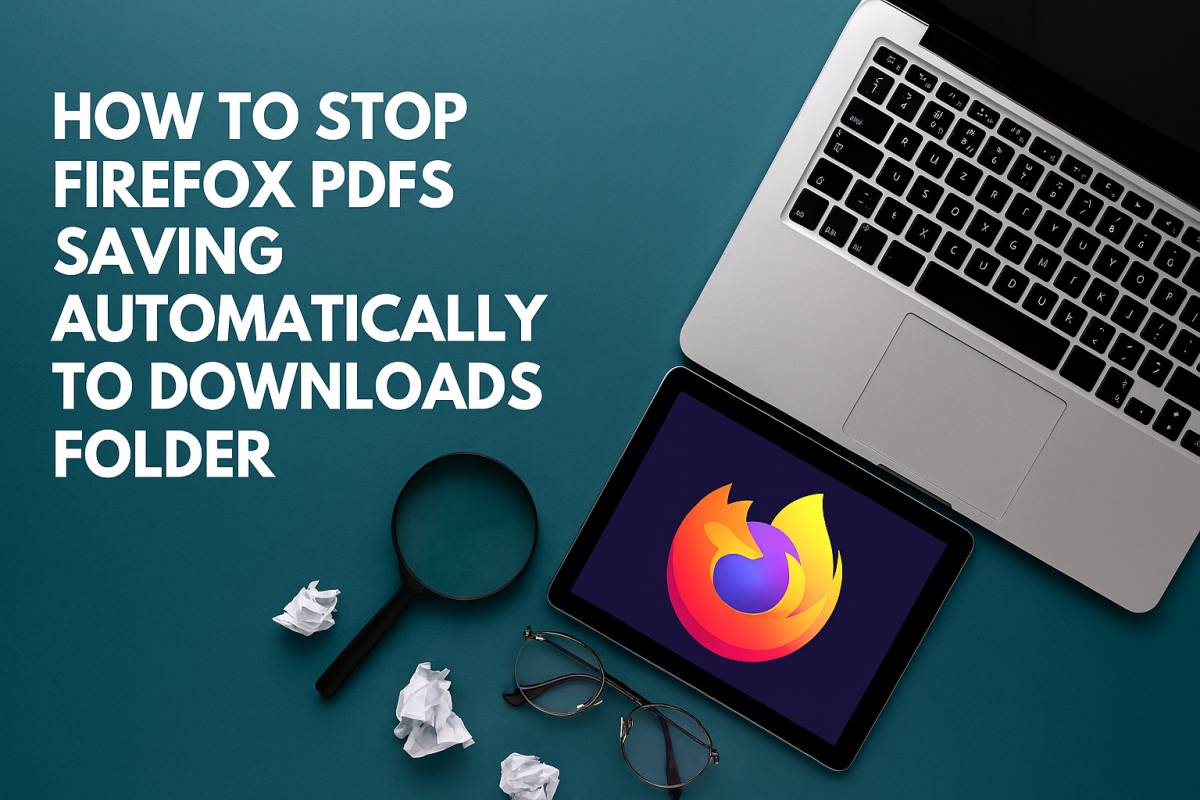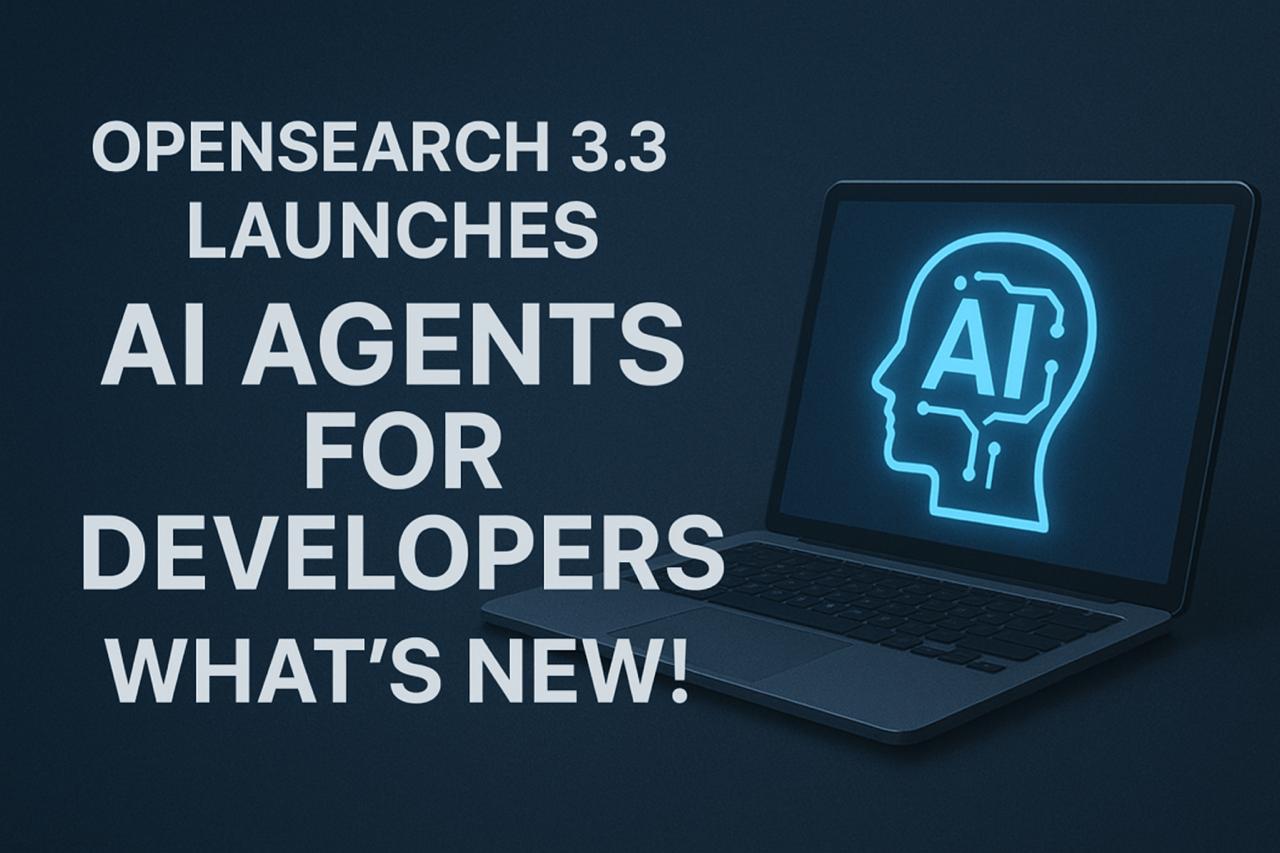GPT-5 API Access: Early Availability or Just Hype?

Yes, GPT-5 is already (ostensibly) available via API—but not officially announced by OpenAI. Developers using OpenAI’s API have reported behavior changes and advanced capabilities that suggest GPT-5 (or a version of it) is powering some endpoints, especially under the names like “gpt-4.5-turbo” or other codenames. While OpenAI has yet to confirm a public GPT-5 release, signs point to a soft rollout. So, is it real? Here’s everything you need to know.
What Is GPT-5 and Why the Buzz?
GPT-5 is the rumored next major version of OpenAI’s language model, expected to outperform GPT-4 significantly in reasoning, context retention, and real-time learning. While GPT-4 introduced multimodal capabilities (like image and document processing), GPT-5 is expected to:
- Improve long-context reasoning
- Reduce hallucinations
- Offer better instruction-following
- Handle complex queries more efficiently
- Be more energy-efficient and faster
The tech community has been eagerly waiting for an official GPT-5 release, and any sign of its appearance through API endpoints creates a ripple of curiosity.
Evidence That GPT-5 Might Already Be Here
Though OpenAI hasn’t released a public announcement for GPT-5, several indicators suggest it’s already in limited use:
1. Developer Observations
Many developers using OpenAI’s API have noted significant improvements in language fluency, contextual memory, and reasoning since mid-2024. These changes go beyond what GPT-4.0 or even GPT-4-turbo could previously handle.
2. Unannounced Model Updates
Some versions like gpt-4.5-turbo or unnamed “preview” models exhibit behavior consistent with a next-generation model. Long-form content generation, precise code completion, and in-depth summarization now seem stronger and more human-like.
3. OpenAI’s Shift in Branding
OpenAI has started downplaying specific version numbers in favor of generalized “ChatGPT” branding. This could mean newer models are rolled out quietly behind existing names, making “GPT-5” more of a capability update than a publicized version bump.
How to Check If You’re Using GPT-5 via API
If you’re a developer using OpenAI’s API, you might already be accessing the next-gen model unknowingly. Here’s how to assess:
Look at the Model Name
Check which model you’re using. While there’s no model officially called “gpt-5”, some suggest gpt-4.5-turbo or latest gpt-4 versions behave like a major leap forward.
Benchmark the Output
Run performance benchmarks:
- Compare output quality with older GPT-4 versions
- Test multi-turn memory and reasoning tasks
- Examine response creativity, coding accuracy, and hallucination rate
Check OpenAI’s System Messages
OpenAI sometimes leaves system prompts or hidden updates in their documentation or changelogs (e.g., noting major performance upgrades without calling it GPT-5).
Why Would OpenAI Do a Silent Rollout?
There are strategic reasons OpenAI might not make a loud release for GPT-5:
- Avoiding Overhype: After the frenzy of GPT-4, OpenAI may be adopting a quiet launch approach to reduce expectations.
- Testing at Scale: Releasing it quietly allows feedback from real-world applications before a formal public release.
- Product Continuity: Avoiding version number chaos and simplifying their brand under “ChatGPT” or “API models.”
What Early Users Are Saying
Some developers and companies report that recent API outputs show:
- Fewer hallucinations and improved factual accuracy
- Better handling of long prompts (over 100K tokens)
- Advanced instruction-following behavior
- More human-like conversational flow
However, others argue the improvement is marginal and doesn’t justify the “GPT-5” title—suggesting it could be an optimized GPT-4.5 instead.
Key Use Cases Where It Shows a Leap Forward
If what’s under the hood is GPT-5, here are areas where users see a clear improvement:
Software Development
Better context tracking over long code snippets, smarter bug resolution, and advanced autocomplete.
Education and Research
More accurate tutoring, deeper conceptual reasoning, and better memory in long threads.
Customer Support
Fast, less robotic responses with context-aware suggestions and improved personalization.
Content Creation
Creative storytelling, nuanced tone control, and high-quality SEO article drafting like this one.
Risks of Believing the Hype
Blindly assuming you’re using GPT-5 may lead to unrealistic expectations. Here’s what to keep in mind:
- No Official GPT-5 Confirmation: Until OpenAI confirms, the model may still be an optimized GPT-4.5.
- API Models Constantly Improve: The API models evolve rapidly, and changes may not indicate a new model.
- Pricing Might Not Reflect the Model Power: You could be paying for high-end features you don’t need.
OpenAI’s Likely Roadmap
Based on past patterns and internal leaks, here’s a speculative roadmap:
| Period | Expected Milestone |
|---|---|
| Q3 2024 | Silent GPT-5 testing via API |
| Q4 2024 | Official GPT-5 beta launch (ChatGPT Plus or Enterprise only) |
| Early 2025 | GPT-5 general availability with full documentation |
| Mid 2025 | Multimodal GPT-5 with video, voice, and memory |
Until then, developers should monitor OpenAI’s model page and changelog.
Should You Start Building with It?
Absolutely, if you’re a developer or AI enthusiast. Whether or not it’s truly GPT-5, the API’s current capabilities are significantly more powerful than earlier in 2024.
If your use case requires:
- Long-context comprehension
- Human-like conversations
- Accurate research-level outputs
- Better logic and reasoning
…then it’s worth experimenting with the latest API models—likely precursors or early versions of GPT-5.
Final Verdict: Early GPT-5 Access Is Likely—But Confirmations Are Elusive
In short, yes—you may already be using GPT-5 via API, though OpenAI hasn’t formally acknowledged it. The behavior, improvements, and developer feedback all point to something far more advanced than GPT-4. Whether it’s a silent rollout or a prelude to an official launch, the power is there—if you know where to look.









